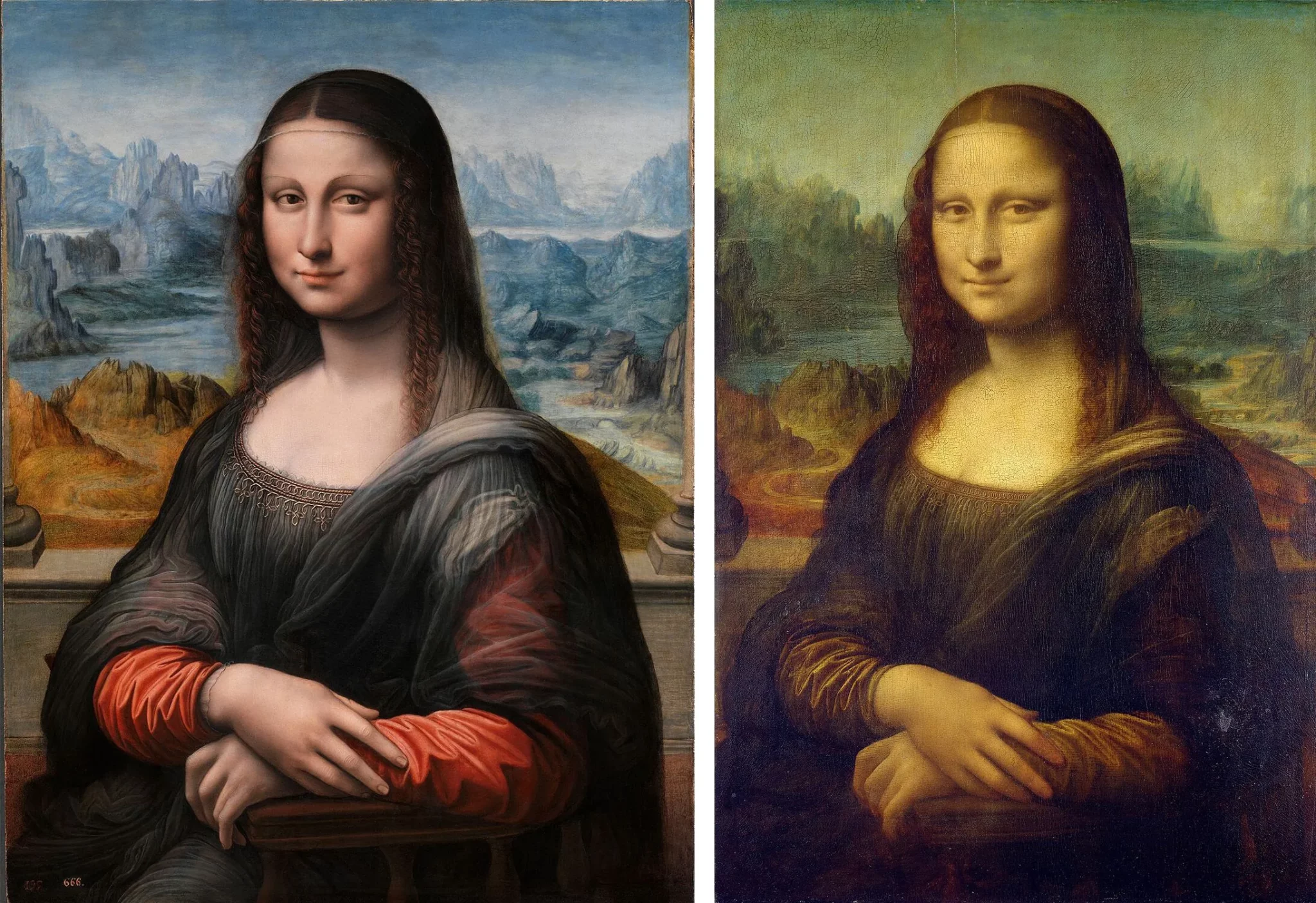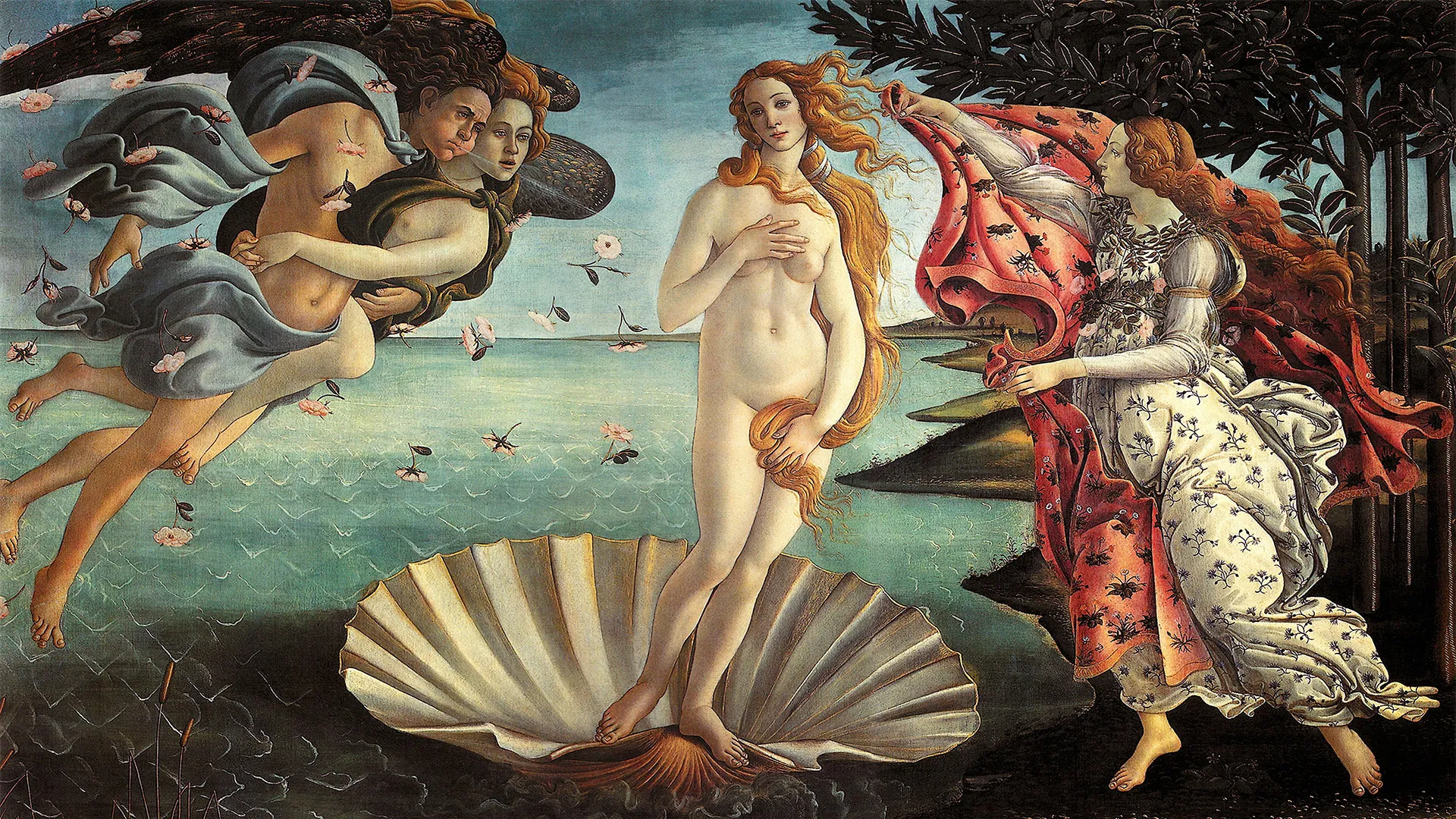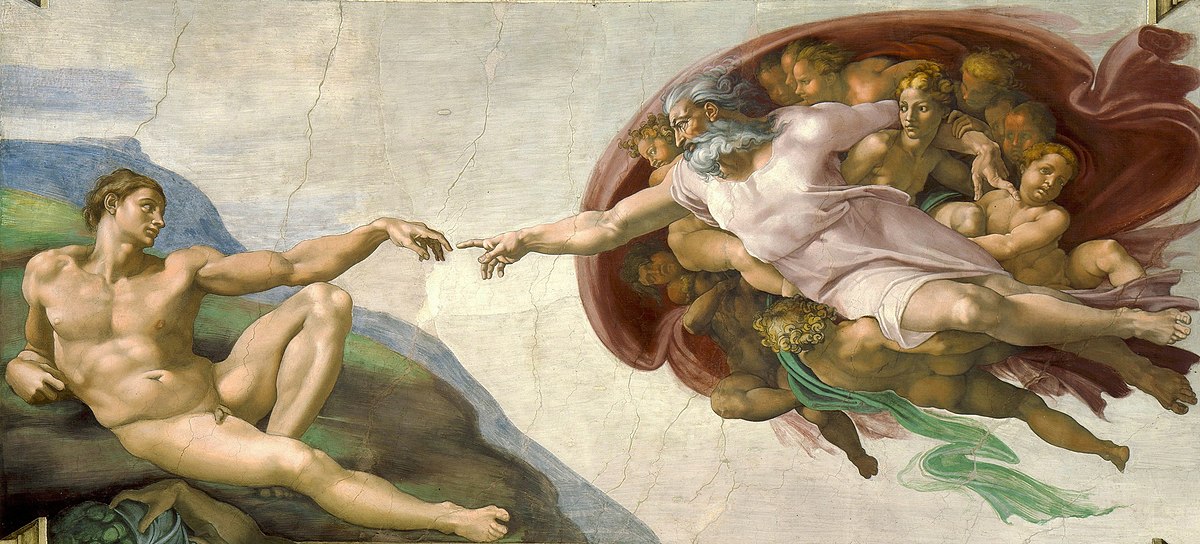
Throughout the history of art, certain masterpieces have captured the hearts and imaginations of people across generations. These artworks transcend their time and medium, offering viewers an experience of beauty, emotion, and intellectual stimulation.
From Renaissance masterpieces to modern abstract wonders, these works of art have left a lasting impression on society. In this article, we will explore some of the most beautiful artworks ever created, highlighting the impact they have made on art history and culture.
The Mona Lisa by Leonardo da Vinci

When discussing the most beautiful artworks ever, it’s impossible to ignore The Mona Lisa, painted by Leonardo da Vinci between 1503 and 1506. Housed in the Louvre Museum in Paris, this portrait of a woman with an enigmatic smile is perhaps the most famous painting in the world.
The allure of The Mona Lisa lies not only in her mysterious expression but also in da Vinci’s masterful use of sfumato, a technique that blends colors and tones seamlessly, creating a soft, lifelike appearance.
The painting’s simplicity—featuring only the subject’s face and a serene landscape—belies its complexity. The subtle emotions expressed in the woman’s eyes and smile have intrigued viewers for centuries, making it a symbol of Renaissance art and one of the most studied paintings in history.
Starry Night by Vincent van Gogh
Vincent van Gogh’s Starry Night, painted in 1889, is another artwork that holds a special place in the pantheon of beauty. This post-impressionist painting captures a swirling night sky filled with vibrant stars over the quiet town of Saint-Rémy-de-Provence. Van Gogh’s thick, expressive brushstrokes bring the scene to life, giving it an almost dreamlike quality.
Starry Night is a remarkable blend of emotional depth and technical mastery, evoking feelings of wonder and serenity while also reflecting van Gogh’s inner turmoil. The bold use of color and movement in the sky contrasts with the calmness of the village below, creating a dynamic composition that continues to captivate viewers.
The Birth of Venus by Sandro Botticelli

Sandro Botticelli’s The Birth of Venus is one of the most iconic examples of Renaissance art, painted around 1485. The painting depicts the goddess Venus emerging from the sea, symbolizing beauty, love, and fertility. Botticelli’s elegant composition, combined with his use of soft, flowing lines and delicate colors, makes this painting one of the most beautiful representations of mythological subject matter.
Venus’s figure is graceful, and the scene is filled with harmonious details, such as the gentle breeze created by the figures of the wind gods and the flower-strewn waves. The Birth of Venus exemplifies the ideals of beauty and grace that characterized Renaissance art, making it a timeless masterpiece.
The Kiss by Gustav Klimt
Gustav Klimt’s The Kiss, painted between 1907 and 1908, is one of the most visually striking and beautiful artworks of the 20th century. The painting, part of Klimt’s Golden Phase, features a couple embracing in a field of gold and flowers. The figures are adorned with intricate patterns, and the use of gold leaf adds a luminous quality to the work.
The Kiss is celebrated for its depiction of love and intimacy, with the figures almost dissolving into the golden background, symbolizing unity and transcendence. Klimt’s combination of symbolism, color, and texture creates a visually mesmerizing and emotionally powerful piece.
Girl with a Pearl Earring by Johannes Vermeer

Johannes Vermeer’s Girl with a Pearl Earring is often referred to as the “Mona Lisa of the North.” Painted in 1665, this portrait is a perfect example of Vermeer’s ability to capture light and texture with remarkable precision. The girl, wearing a blue and yellow turban and a large pearl earring, looks over her shoulder, engaging the viewer with a direct and almost intimate gaze.
The simplicity of the composition highlights the beauty of the subject, with Vermeer’s use of light creating a sense of realism and depth. The way the light reflects off the pearl and the soft rendering of the girl’s skin make this painting one of the most beautiful portraits ever created.
The Persistence of Memory by Salvador Dalí
Salvador Dalí’s The Persistence of Memory, painted in 1931, is one of the most recognizable surrealist artworks in history. Known for its melting clocks draped over a desolate landscape, this painting challenges traditional notions of time and reality. Dalí’s attention to detail, combined with the dreamlike and bizarre imagery, makes The Persistence of Memory a masterpiece of surrealism.
Though the painting may seem unsettling at first, its beauty lies in its exploration of the subconscious mind and its ability to evoke profound contemplation. Dalí’s use of soft, fluid forms juxtaposed with the stark landscape creates a unique and lasting visual impact.
The Creation of Adam by Michelangelo

The Creation of Adam is part of Michelangelo’s grand frescoes on the ceiling of the Sistine Chapel, painted between 1508 and 1512. This particular scene, depicting God reaching out to touch the hand of Adam, is one of the most iconic images in Western art. The composition’s beauty comes from the powerful yet graceful portrayal of the divine and human connection.
Michelangelo’s ability to depict the human body with such anatomical accuracy, combined with the dynamic composition and emotional intensity of the figures, makes The Creation of Adam a true masterpiece. The painting is both visually stunning and spiritually profound, symbolizing the birth of humanity.
Conclusion: A Celebration of Artistic Beauty
Throughout history, artists have created works that capture the essence of beauty, emotion, and the human experience. From the serene grace of The Mona Lisa to the surreal landscapes of The Persistence of Memory, these masterpieces continue to inspire awe and admiration in viewers around the world. Their lasting influence on art and culture speaks to their timeless appeal and the universal language of beauty.
For those looking to bring a piece of this beauty into their own homes, there are many opportunities to explore and purchase the most beautiful artworks ever.
Whether you’re drawn to the quiet elegance of Vermeer or the bold imagination of Dalí, these masterpieces offer more than just visual appeal—they provide a connection to the artists’ visions and the beauty of the human spirit.



































